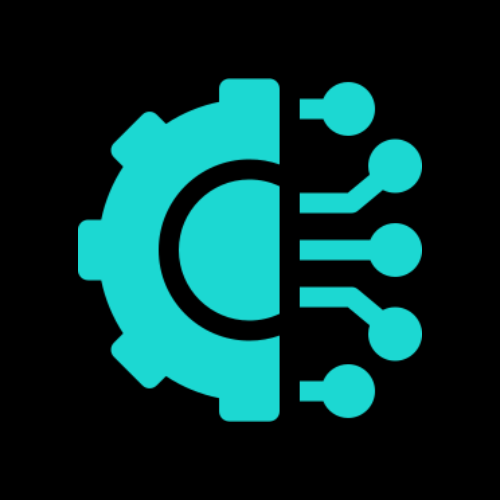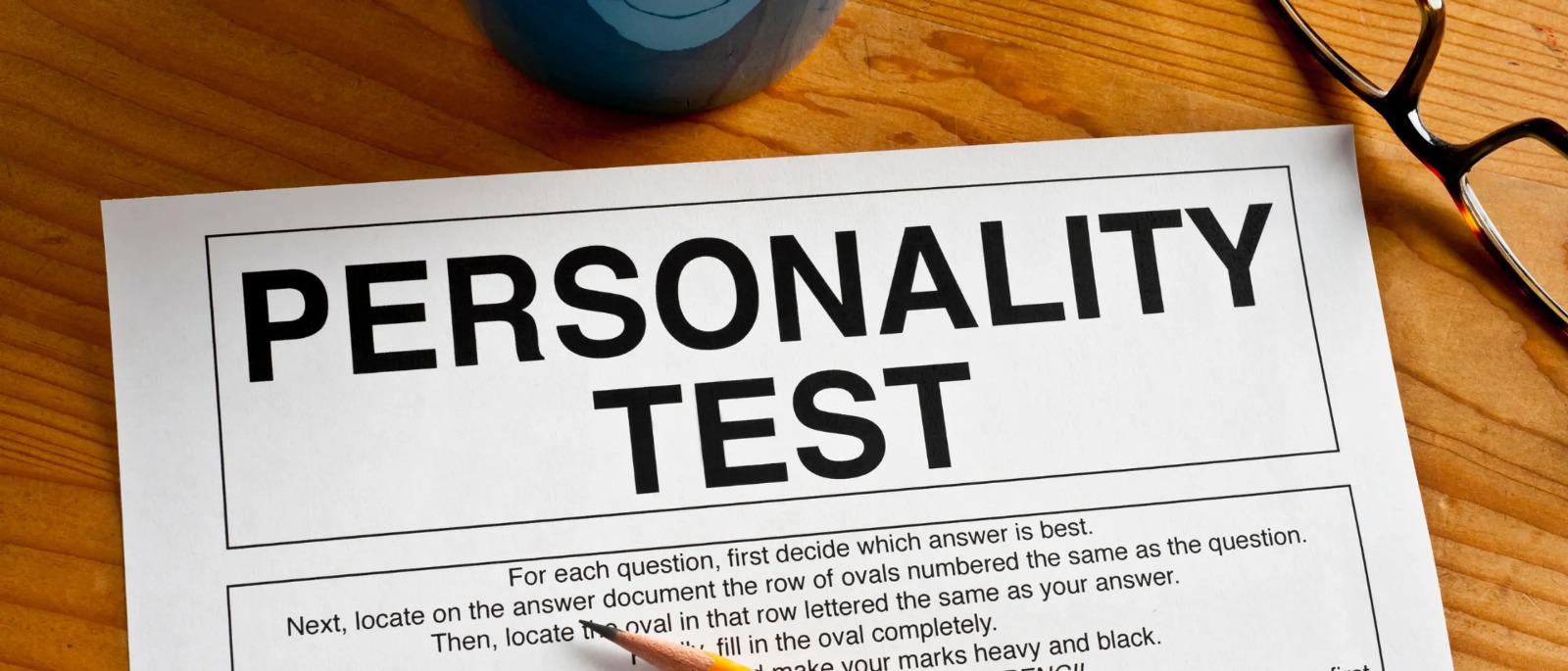Introduction
Meaning of work-life balance today vs. in the past
In the past, work-life balance was often seen as a clear separation between professional and personal life. People typically worked fixed hours, usually nine-to-five, and once they left the office, work was left behind. There was less technological intrusion, so evenings and weekends were dedicated to family, hobbies, and rest. Today, the concept has evolved significantly. With remote work, smartphones, and constant internet connectivity, work can follow people anywhere, blurring the boundaries between job and personal time. Modern work-life balance is no longer just about fixed hours—it’s about creating harmony between professional responsibilities and personal well-being, ensuring that neither overwhelms the other.
Why does ‘work-life balance’ matters more in the modern workforce
In today’s time, work-life balance is more important because the demand for the modern workforce has increased and become complex. Technology has allowed employees to be available at any time, and a lot of the time, this has become an expectation. Remote and hybrid work gives flexibility, but overwork and burnout increase the risk. Mental awareness and health awareness have also increased, and people have started understanding that the effect of constant pressure and poor boundaries can be harmful in the long term. In today’s fast-paced world, maintaining a healthy balance, job satisfaction, and overall life quality has crucial importance.
Factors Affecting Work-Life Balance
Remote work and hybrid models
Remote work and heavy models have completely changed the work-life balance. The most important benefits of remote work are flexibility, people can work from their home, save travel time, and it helps to adjust work to personal commitments. In a hybrid model, working from home as well as going to the office on some days is a balanced approach. But it has its downside also, when you work from home, then the boundaries between personal life and work become blurred. People start working after working hours as well, meetings start happening at odd times, and family time can be compromised. That’s why discipline and time management are very important in remote and hybrid work to maintain a balance between work and personal life.
To make remote work smoother and more productive, you can explore my detailed guide on the best job tools for remote work, where I cover essential tools like LinkedIn, remoteok, etc., their features, and how they can help you maintain efficiency while working from anywhere.
Technological advancement & 24/7 connectivity
Technology has made work fast, easy, and accessible, but it has also introduced some new challenges. In today’s time, employees have smartphones, laptops, and high-speed internet, from which they can work from anywhere. But its drawback is that employees get emails, messages, and calls after work hours as well. Because of this, people are not able to disconnect mentally from work, whether they are spending family time or the weekend. This constant availability can be a reason for burnout and stress. To balance work life, you should make digital boundaries, which is very important, for example, mute notifications, follow fixed work hours, and avoid work apps in your free time.
Increasing workload and productivity pressures
Workload has increased so much in modern warfare because companies expect more productivity and efficiency. Competition is high, deadlines are tight, and there is an expectation of multitasking with every employee. Besides all these, there is another pressure to always perform better; this expectation creates mental and physical stress on employees. Many people work overtime for their career growth, but it affects their health, sleep, and personal life. When the workload is higher, employees have to compromise his or her personal time, and the work-life balance gets disturbed because of this. The solution to this problem is setting realistic goals, working on priorities based, and using time management techniques to stay productive and secure personal time.
Benefits of a Healthy Work-Life Balance
The most important benefit of maintaining a healthy work-life balance is your good mental health. When you balance your personal life and your work life then stress level decreases automatically. Overworking and staying busy continuously can be a reason for burnout, which can lower your energy and motivation. But if you take proper rest, give space to family time, and spend some time on a hobby, then your mind stays fresh and it reduces anxiety as well. You feel more focused and emotionally stable which is very important for career success.
Better mental health and reduced burnout
One of the major benefits of a healthy work-life balance is strong personal relationships. When you take out time for your family, friends, and loved ones then your emotional connection becomes strong. Overworking and staying busy can create distance in your relationship. But when you give equal importance to both professional commitments as well as personal commitments, then trust and bonding both get improved. This support system keeps you emotionally stable which directly makes your work performance better.
Improved job satisfaction
When there is harmony between work and personal life, job satisfaction naturally improves. You enjoy your work because you are not constantly under pressure. You feel that the company values your time and well-being, which increases loyalty and motivation. Work-life balance also means that you can enjoy your life after office hours without feeling guilty or stressed. In this positive environment, employees perform their best and feel more connected to their role.
Common Challenges Employees Face
Long working hours and overtime
In today’s time, many employees have to face long working hours and frequent overtime. This situation occurs when the workload is high and the deadline is tight. Because of this, employees are not able to spend more time with their families or with their loved ones, and it also increases stress and fatigue. Long hours also hurt health, like sleep issues, back pain, and burnout.
Unrealistic deadlines and high expectations
Many companies set unrealistic targets that are very difficult to practically meet. And also employees live in constant stress because of the pressure of high expectations. When targets are not clear and do not have a reasonable time frame, then work quality can decrease and motivation as well.
Lack of boundaries between work and personal life
Because of remote work and technology, boundaries between personal life and work life have become thinner. People get calls, emails, and task completion requests after work time as well. Personal time gets disturbed, family bonding decreases, and the mind does not get the proper time for relaxation.
Social pressure to “hustle”
In today’s hustle culture, always being busy has become a kind of status symbol. On social media, people showcase their hard-working lifestyle, which puts pressure on others to work more. This “hustle” mindset makes people feel guilty for taking rest, which is harmful for long-term health and happiness.
Strategies for Individuals
Setting boundaries (no work emails after hours)
Remote work is a challenge to maintaining work-life boundaries. When you work from home, the gap between personal life and professional life can blur. To avoid all these problems you should set boundaries like deciding a fixed end time and not checking emails and messages after work time. You should clearly communicate your working hours with your team and manager so that they know when you are available and when you are not. Give time to your mind to relax from this habit, which is essential for your mental health and long-term productivity. You can reduce burnout and enjoy quality time in your personal life by maintaining clear boundaries between professional and personal life.
Time management techniques for work-life balance
Time management is very important in remote work because there are a lot of distractions and the deadlines are very tight. The Pomodoro technique is a popular method in which you work for 25 minutes and then take a break for 5 minutes. You can maintain focus on your work by repeating this cycle and you can be safe from burnout. Time blocking is another effective strategy in which you reserve specific time slots in your calendar for different tasks. For example, creative work in the morning, a meeting in the afternoon, and handling emails in the evening. By applying these techniques, you can maintain a better flow in your work and priorities become clear. These techniques boost productivity and break work into manageable chunks.
Role of Employers
Flexible working hours
If employers provide flexible working hours to their employees, then maintaining work-life balance becomes easy. Every employee has a different productive time; some are more active in the morning and some at night. Employers can take advantage of employees’ productive work by providing them with a flexible schedule. From this approach, employees can manage their personal commitment easily, which also reduces stress and increases overall job satisfaction.
Remote work support and tools
Remote work is successful only when the employer provides proper tools and resources to the staff. High-speed internet allowance, collaboration software, project management tools, and their support make work smoother. It is the employer’s responsibility to ensure that employees have sufficient facilities by which they can work efficiently without any technical interruption.
Wellness programs and mental health support
In today’s competitive work environment ignoring mental health is a big mistake. Employer can reduce their staff stress by launching employer wellness programs where employers can give stress management workshops, counselling sessions, and fitness benefits. Mental health days, yoga sessions, and meditation classes are also very helpful. From this employees will be loyal and productive towards the company.
Encouraging vacation and downtime
Many employees don’t use their vacation days because they feel work will pile up or their boss might think negatively of them. Employers have a role in changing this mindset. They should encourage staff to take their vacation days and enjoy their downtime. This helps reduce burnout, refresh creativity, and ensures employees return to work more motivated.
Global Perspectives on Work-Life Balance
How different countries approach work-life balance (e.g., Europe vs. the US vs. Asia)
Every country applies different approaches to work-life balance. Especially in France, Denmark, and the Netherlands, they ensure short working hours, long vacations, and strict labor laws so that employees can enjoy their personal lives. In France, there is a law of “right to disconnect” which protects employees from checking emails after working hours. The culture of US is slightly different; productivity and hustle are more valued, and vacations are short. That’s why it depends on individual effort to maintain work-life balance. In Asia, especially in countries like Japan and India, long working hours are common, and giving priority to work is a cultural norm. But now awareness is increasing and companies are adopting flexible hours and remote work captions.
Future of Work-Life Balance
AI automation is reducing workloads or blurring boundaries
AI automation has completely changed the way we work. On one hand, AI is reducing workload by automating repetitive tasks, which helps employees to spend more time on creative and strategic work. And on the other side, work expectations have increased because of AI, because companies are thinking that work can be done faster with the help of AI. Boundaries get blurred because of this, and expectations also increase.
Four-day workweek discussions
The concept of a four-day work week is very popular nowadays. In this model, employees work only 4 days and enjoy weekend for 3 days. According to studies, this concept is useful because it increases productivity. Employees stay stress-free. But some industries do not implement this concept because they feel it is challenging for them. After all, it becomes very difficult for them to adjust their workload and meet the line.
Rise of “quiet quitting” and “career cushioning”
Quiet quitting means doing only the required tasks in your job and avoiding extra work or overtime in order to protect your personal time. Career cushioning means preparing backup career options alongside your current job to stay secure in an uncertain job market. Both trends highlight the importance of work-life balance, as people are now giving more value to their mental health and personal priorities.
Conclusion
In conclusion, work-life balance has become an essential aspect of the modern workforce, far beyond just managing working hours. It is about creating harmony between professional responsibilities and personal well-being, ensuring neither dominates the other. With remote work, technological advancements, and the rise of hustle culture, maintaining boundaries has become more challenging but also more important than ever. A healthy balance leads to better mental health, higher productivity, stronger relationships, and greater job satisfaction. Both employees and employers share responsibility in fostering an environment where this balance can thrive. By prioritizing time management, setting boundaries, and embracing supportive workplace policies, we can build a sustainable and fulfilling professional life that complements our personal happiness and long-term success.







Leave a Reply